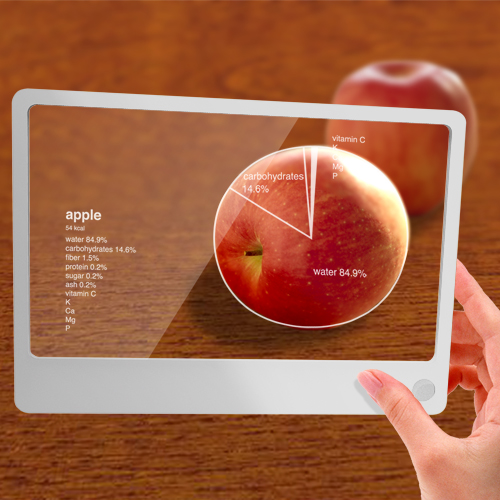
Computers continue to increase in power while dropping in cost
At a dinner speech in Anchorage, Alaska a few years ago I heard Alan Kay (then a Fellow at Apple Computer) talk about how wonderful it is for students he works with to have access to a Cray supercomputer. A teacher sitting next to me said, "I don't even know why I am here -- I'll never have that much computing power in my classroom." I cautioned him: "Watch out for words like 'never'."
A 1980 model Cray supercomputer was the fastest machine of its day. It cost $12 million, weighed 10,000 lbs, consumed 150 kW of electricity -- and had only 8 MB of RAM and operated at a speed of 80 MHz.
You can't find personal computers that poorly equipped on the market now. A typical personal computer today has about twice the raw power of this $12 million Cray, and can be purchased for $2,500. This trend of increased power at lower cost is likely to continue well into the next century. The driving force for this change is the continued advancement in silicon chip technology.





